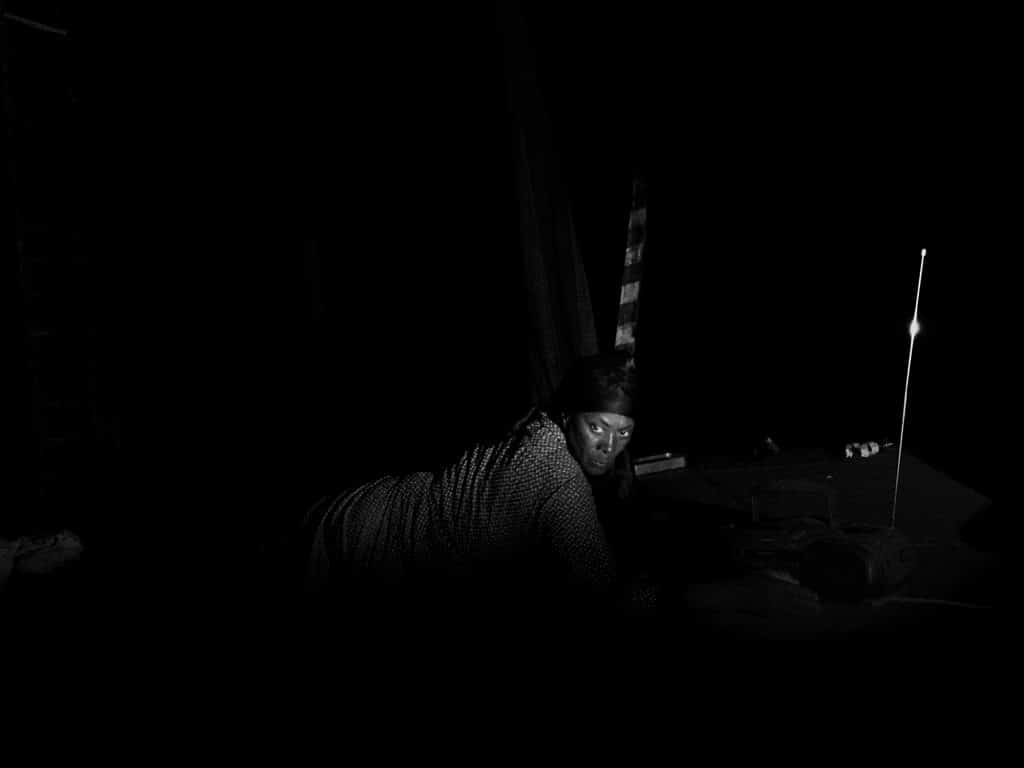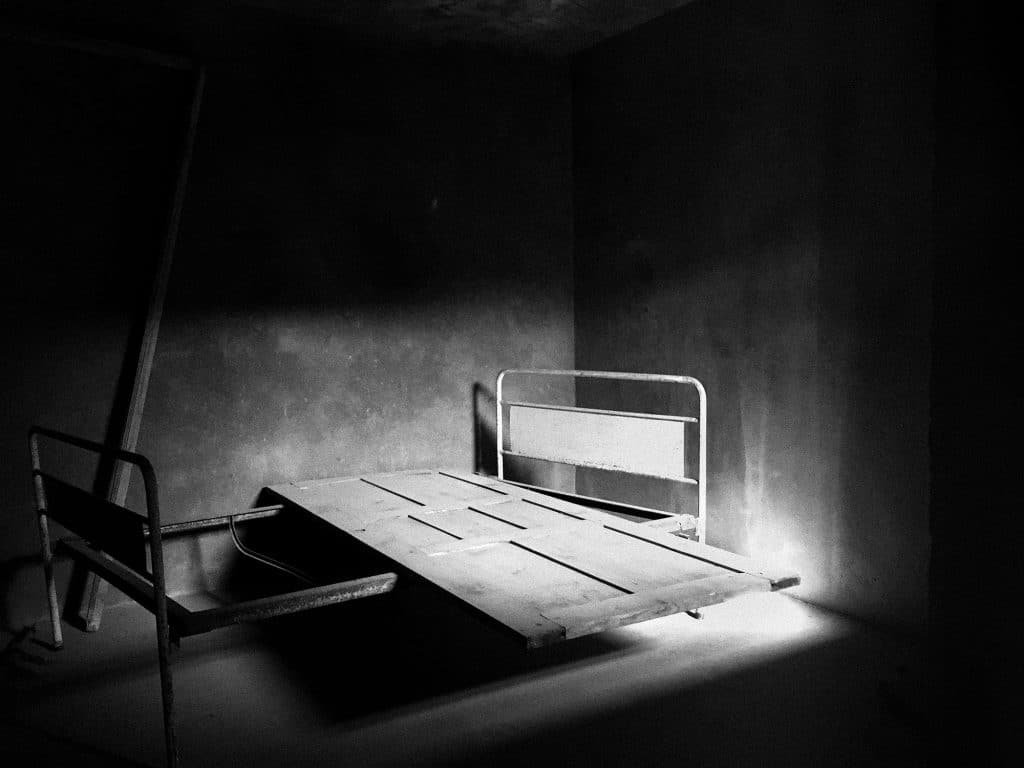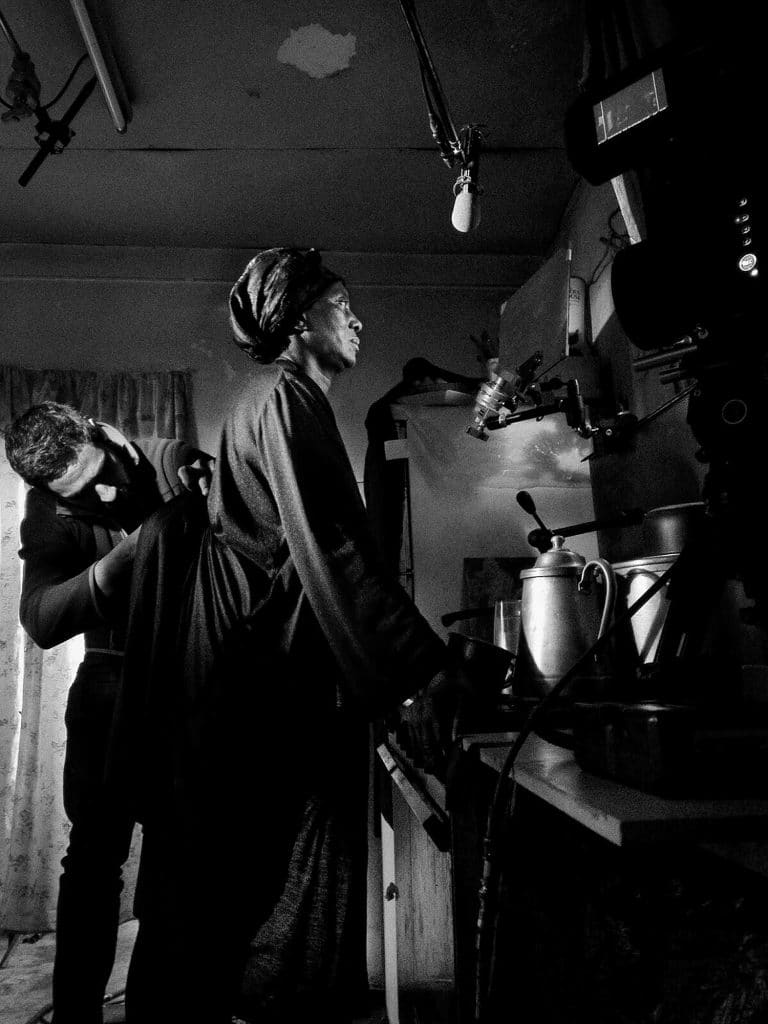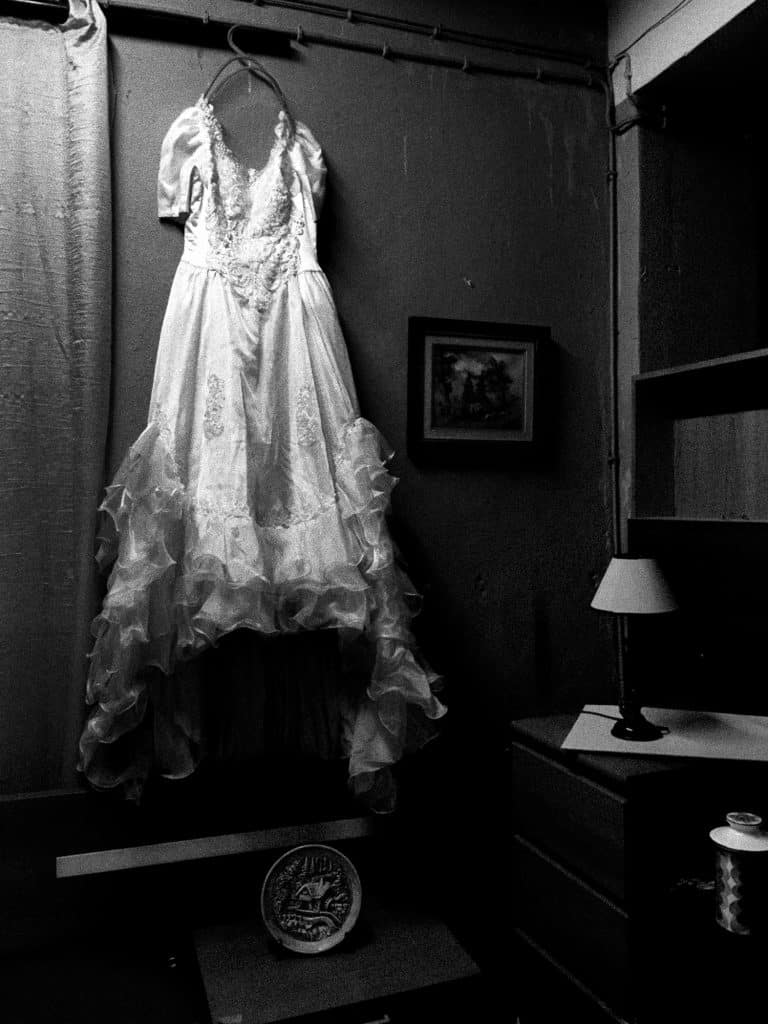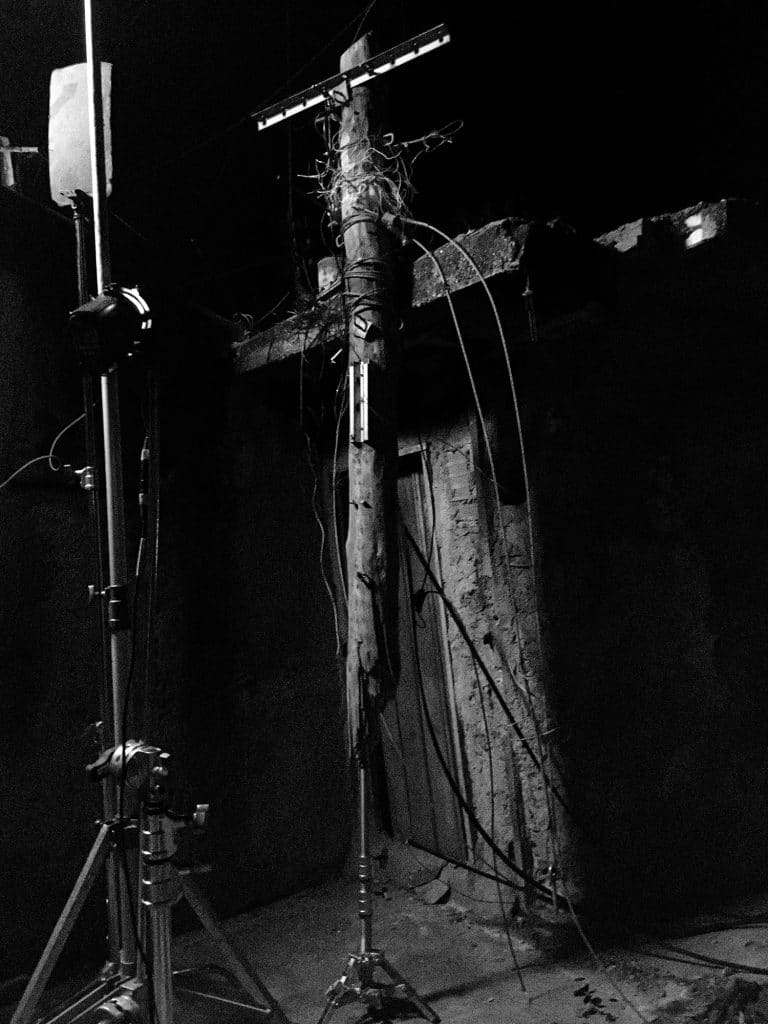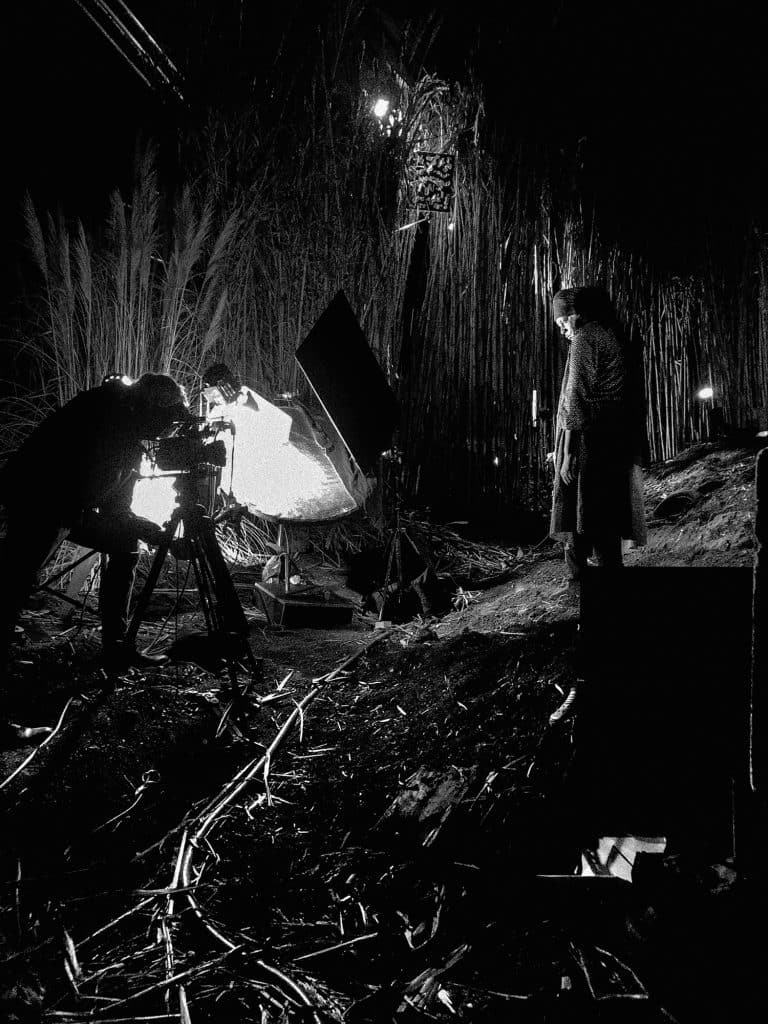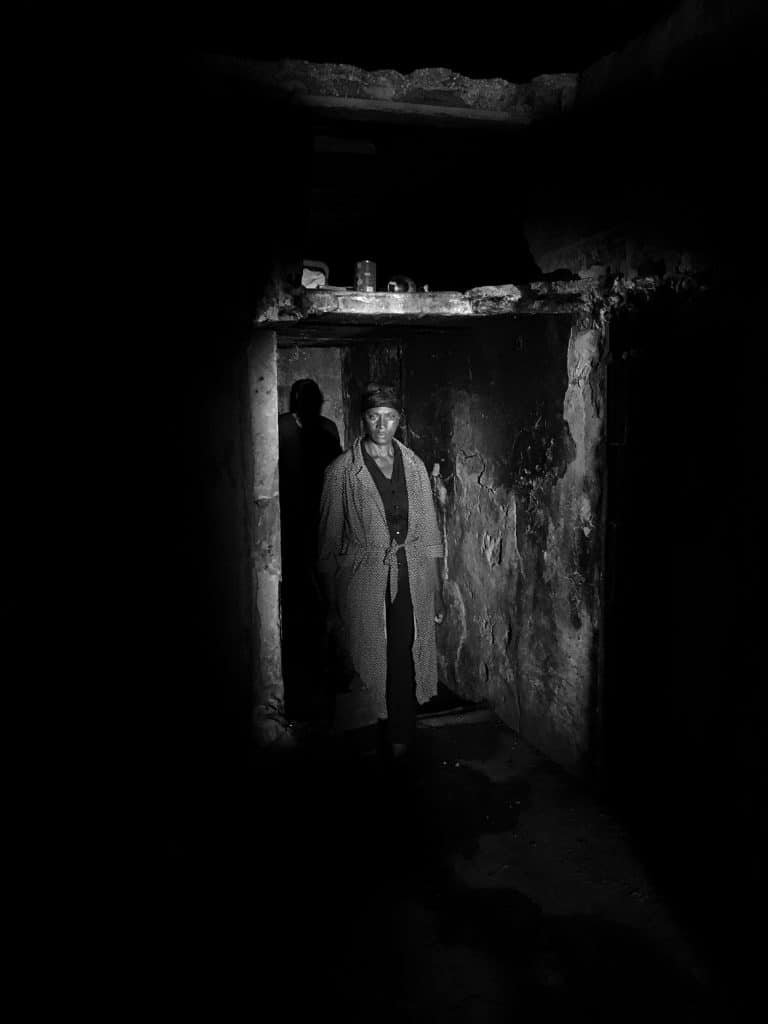
“Talking about a film photo is not the same as talking about the photo: it is a whole other animal, a hybrid that has no reference to reality but whose value is only as an extract, as a memory of the film, as a collector’s item,” wrote the journalist and writer Hervé Guibert. In his book Vitalina Varela: Caderno de Rogadem, published by Pierre von Kleist, the director Pedro Costa set himself quite a different objective: to save the traces of the working methods followed during the shooting of his ninth feature film.
Vitalina Varela is the title of Costa’s film (winner of the Golden Leopard at Locarno in 2019) and the name of his lead actress, a 55-year-old Cape Verde native whose real-life inspired the plot. When the filmmaker met this woman, she had arrived in Lisbon a few days after the funeral of her husband Joaquim. The youngest of a family of eight, she had married Joaquim, her first love and the boy next door, who after the wedding left for Portugal in search of work. Over the course of thirty-five years, he came back to see her only twice, each time promising to send her a ticket to join him. The film weaves the story of Vitalina’s life, her memories, her past, her history into a fictional narrative that blurs the boundaries between reality and imagination.
This story of love and hope, amplified by Pedro Costa’s camera, was filmed between Cape Verde, Lisbon, and the house where Vitalina was staying at when Costa met her. In an interview with the French daily Le Monde, Costa said he knew it was going to be “an indoor film, shot in a house that is not very habitable, without windows: it’s a box, a mason’s shed where you sleep.” To achieve the intensity of the chiaroscuro, the director, aided by his cinematographer, used mirror installations to catch some sunlight.
This same chiaroscuro is found in the black-and-white photographs taken by Pedro Costa and other members of the crew featured in the book Vitalina Varela: Caderno de Rogadem. They show scenes of the shooting as well as Vitalina, confronting her drama, her quest, all on her own. Some of the images are filled with reverie and immense melancholy. The photographs are more than film-set pictures; they have a life of their own and tell their own story. This is the story of a film but also Vitalina Varela’s story which bridges reality and imagination.
Pedro Costa and others, Vitalina Varela: Caderno de Rodagem, Pierre Von Kleist Editions, 80 pp., €25.
